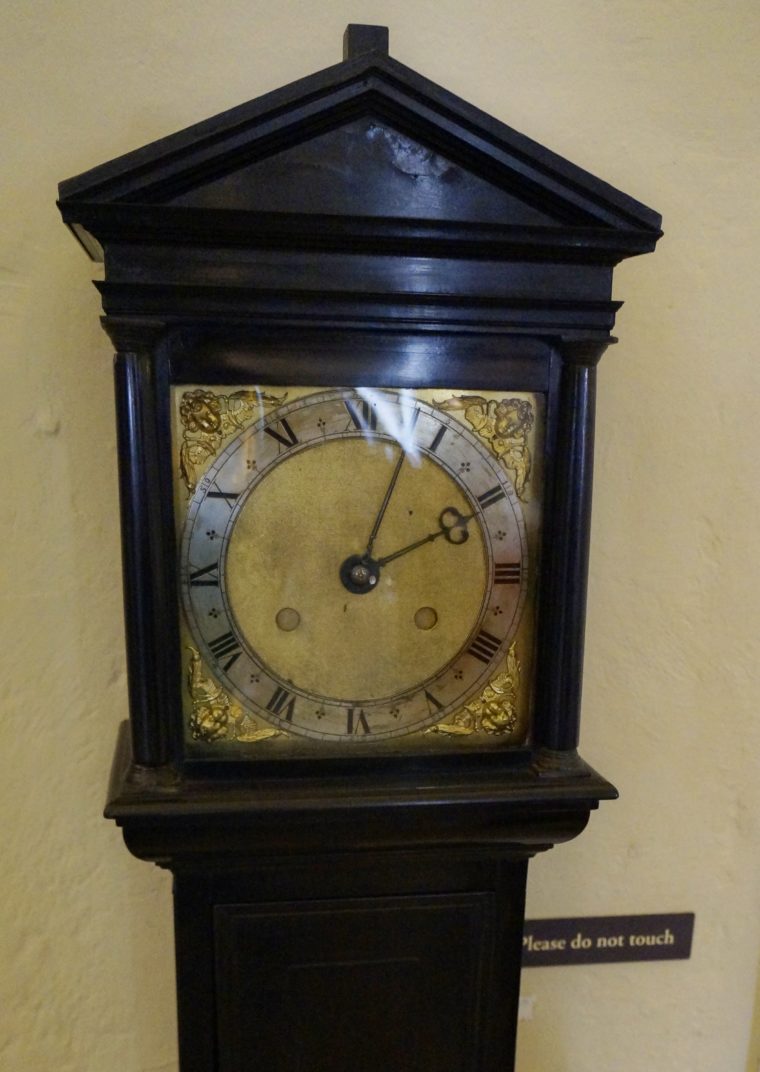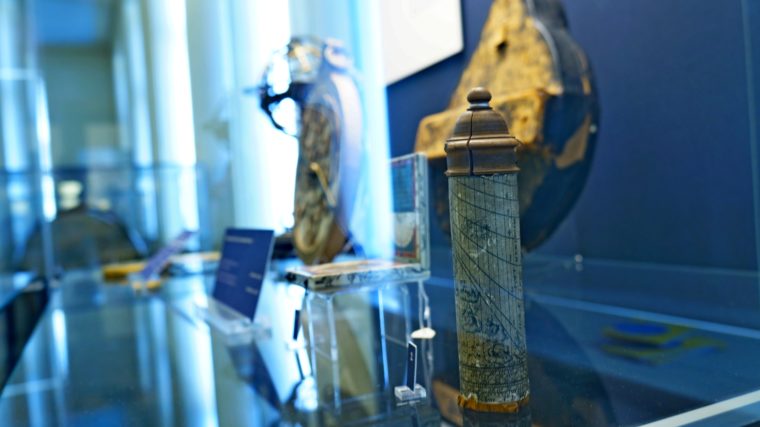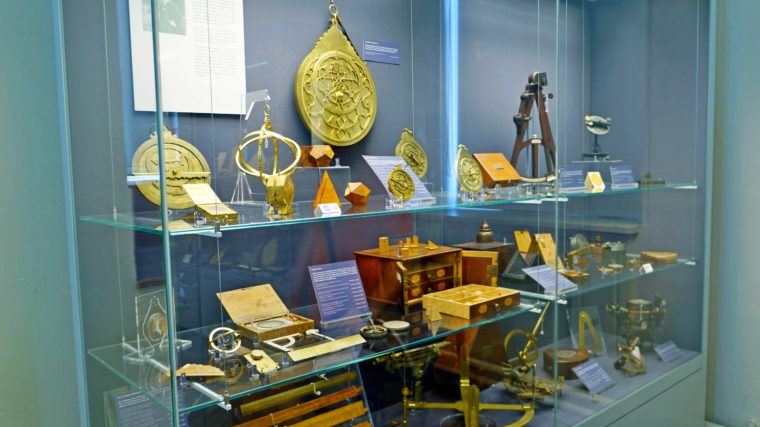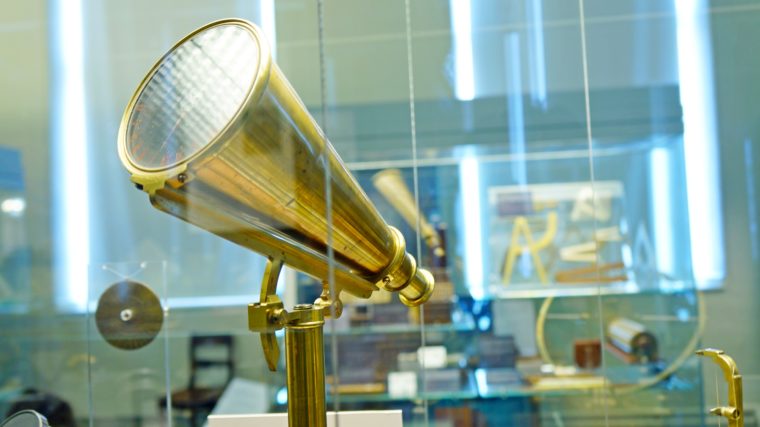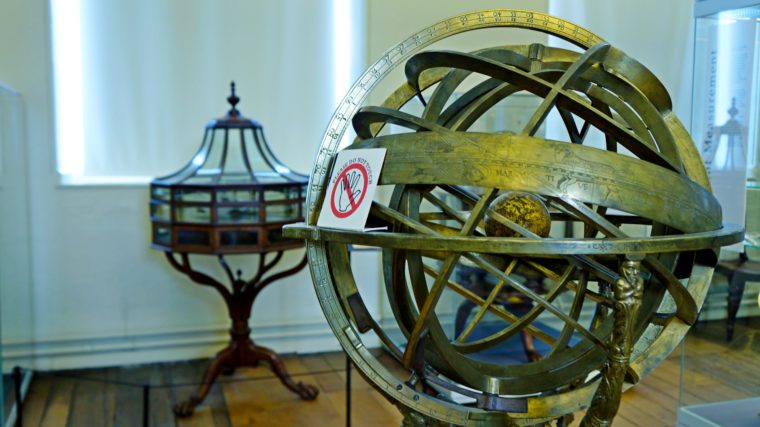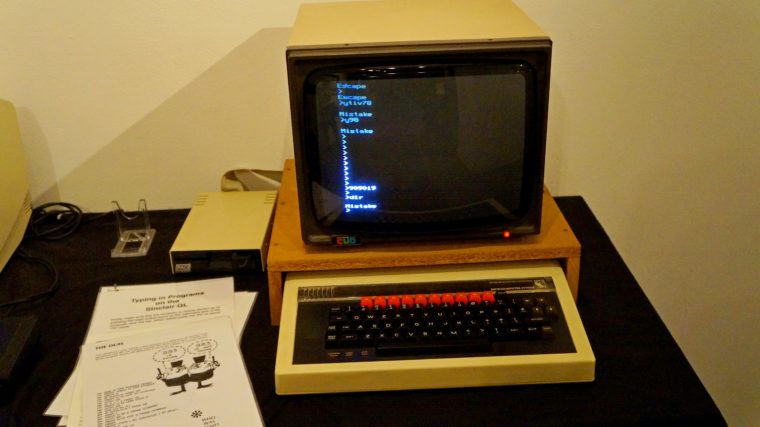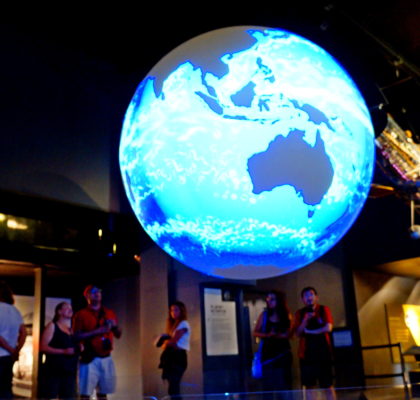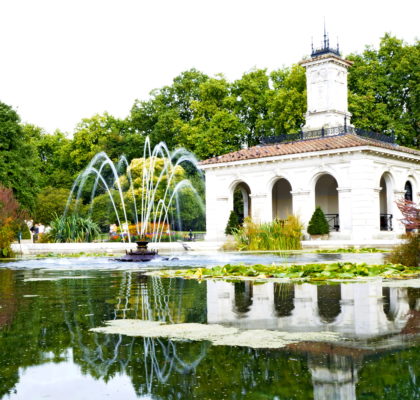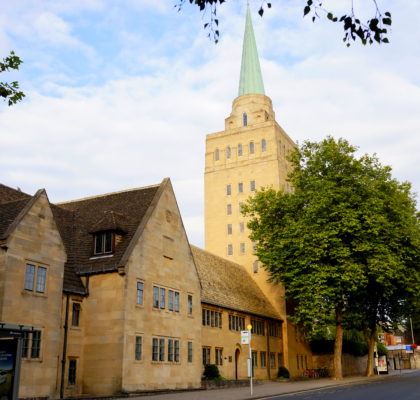The Museum of History of Science preserves the material relics of past science and possesses an unrivaled collection of primitive and historical scientific instruments. With about 20,000 objects covering virtually every aspect of the history of science, from antiquity to the beginning of the 20th century, however, not all objects are on display.
The most special objects include collections of astrolabees, sundials, quadrants, early mathematical instruments (including those used for surveying, drawing, calculating, astronomy and navigation) and optical instruments (including microscopes, telescopes and cameras) along with Apparatus associated with chemistry, Philosophy and medicine. In addition, it has a library for the study of the history of scientific instruments and includes manuscripts, incunabula, prints, printed ephemera and early photographic material. You can download the Museum Map to guide your visit.
The First Museum of the World
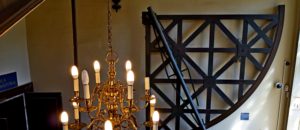 The Museum of Science History Building is the former building of the Ashmolean Museum. This building had its construction completed in 1683 and is considered to be the oldest open-air museum in history. Today the Ashmolean Museum is in a new location. Only in 1924 with the present to the University of the Lewis Evans Collection (1853-1930) the museum began to make its current role as a museum that tells the history of science by Robert T. Gunther (1869-1940) his first curator.
The Museum of Science History Building is the former building of the Ashmolean Museum. This building had its construction completed in 1683 and is considered to be the oldest open-air museum in history. Today the Ashmolean Museum is in a new location. Only in 1924 with the present to the University of the Lewis Evans Collection (1853-1930) the museum began to make its current role as a museum that tells the history of science by Robert T. Gunther (1869-1940) his first curator.
Know the details of this Museum
For a more detailed introduction to the Museum and its collections, the museum offers a guided tour by award-winning volunteers, they usually take place every Thursday at 2:30 p.m. and 3:15 p.m., and every Saturday at 12:30 p.m. and 1:15 p.m.
Audio Guided Tour
1. About the Building
2. the Spherical Astrolabe
3. Bhugola or Earth-Ball
4. French Revolutionary Clock
5. John Dee’s Holy Table
6. The Orrery Collection
7. The Royal Astronomical Society
8. The Royal Microscopical Society
9. The Lewis Evans Collection
Primeiro Andar
10. Mural Quadrant
11. Portraits of three Astronomers
12. John Russell’s Moon Pastel
13. Zenith Sector
14. Radcliffe Observatory instruments
15. Large Reflecting Telescope
16. Introduction to the Top Gallery
17. Armillary Sphere
18. Orrery and Celestial and Terrestrial Globe
19. Geared Astrolabe
20. Equatorium
21. Ship Sundial
22. Moorish Astrolabe
23. Augsburg Quadrant
24. Instruments by Erasmus Habermal
25. Ivory Dyptich Dial
26. Queen Elizabeth’s Astrolabe
27. A Set of Drawing Instruments
28. The Measurers
29. Circular Slide Rule
30. Babbage’s Difference Engine
31. Flemish Astrolabe
32. Mariner’s Astrolabe
33. Brunel’s Sextants
34. Cardinal Wolsey’s Sundial
35. Introduction to the Basement Gallery
36. Countess of Westmoreland’s Lodestone
37. Penicillin Apparatus
38. Lewis Carroll’s Photograhic Equipment
39. T E Lawrence’s Camera
40. Einstein’s Blackboard
41. Archeological Finds
My tour of the Museum
The tour of the museum is quite pleasant, especially for those who have some knowledge in science and technology. I’ve always been very passionate about astronomy and stories of the lip star and how the ancients watched the sky. In this museum we get an idea of how these observations worked. A series of equipment and objects illustrate the difficulty of observations in antiquity. The Museum is not very big, so in about 1 hour you can see the whole museum quite calmly.

